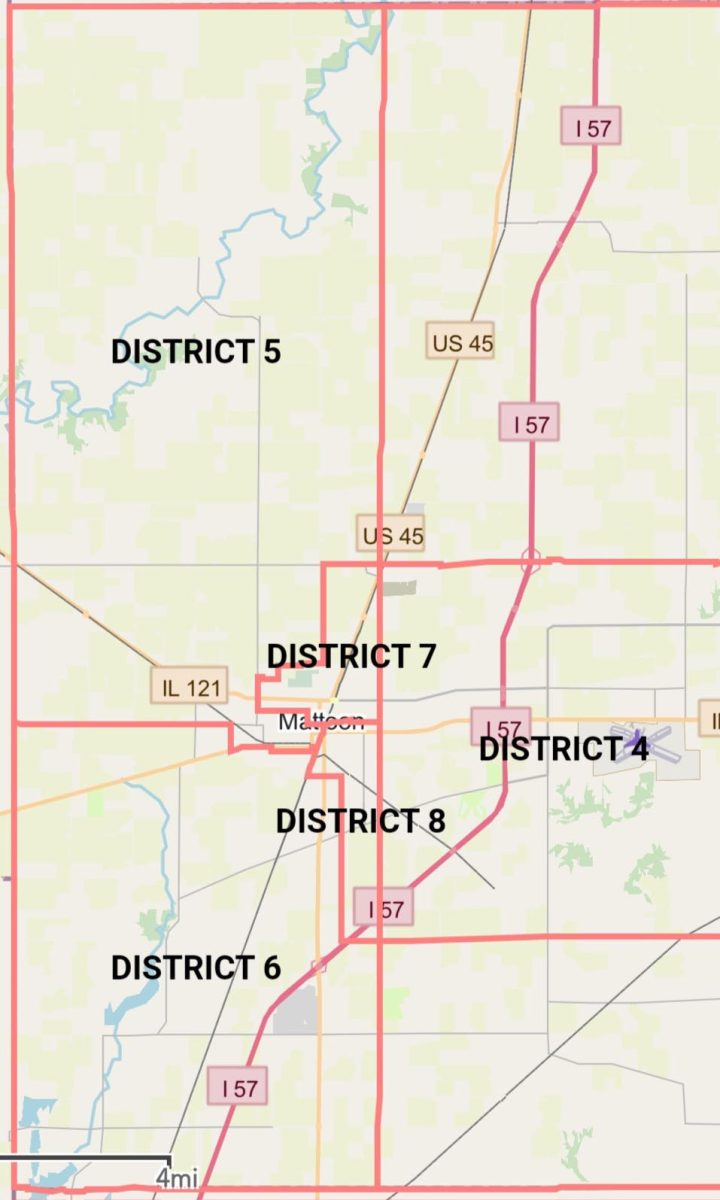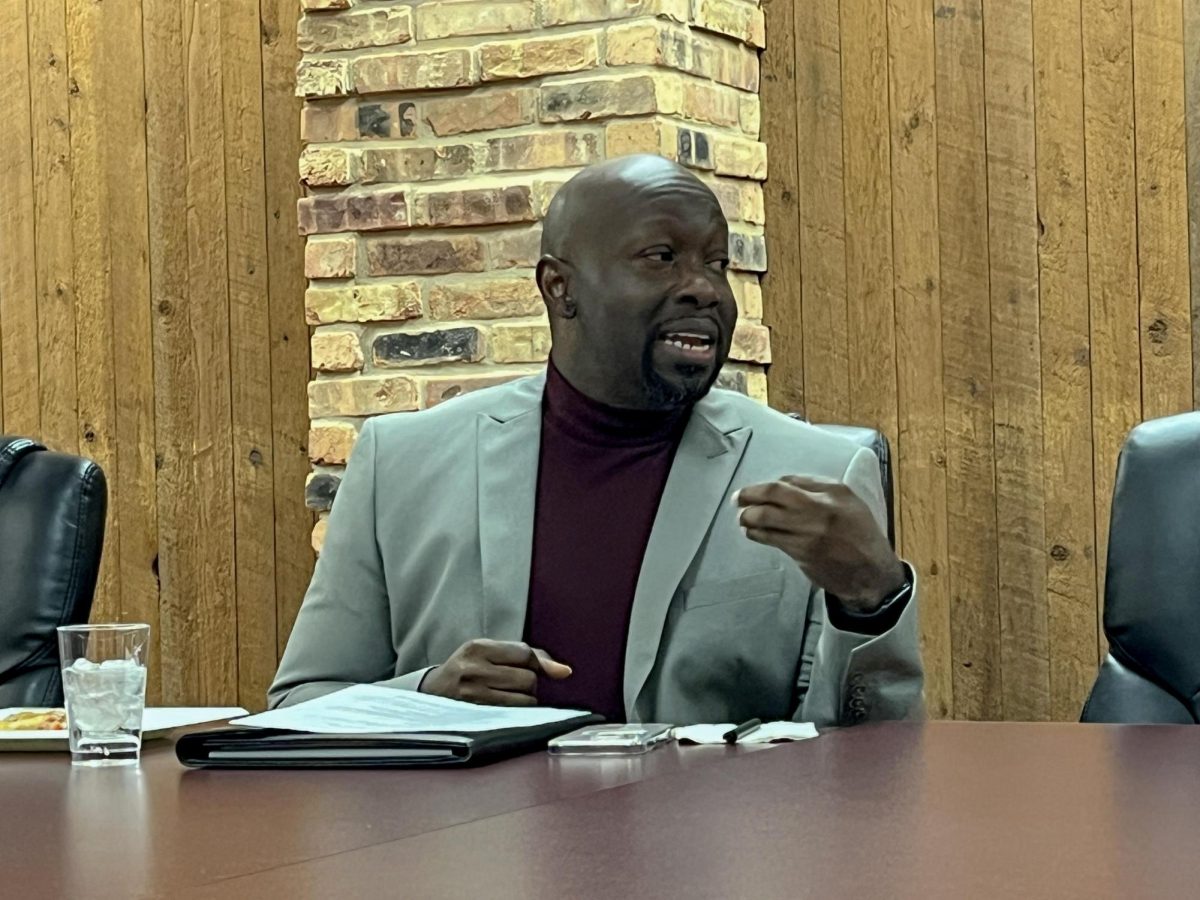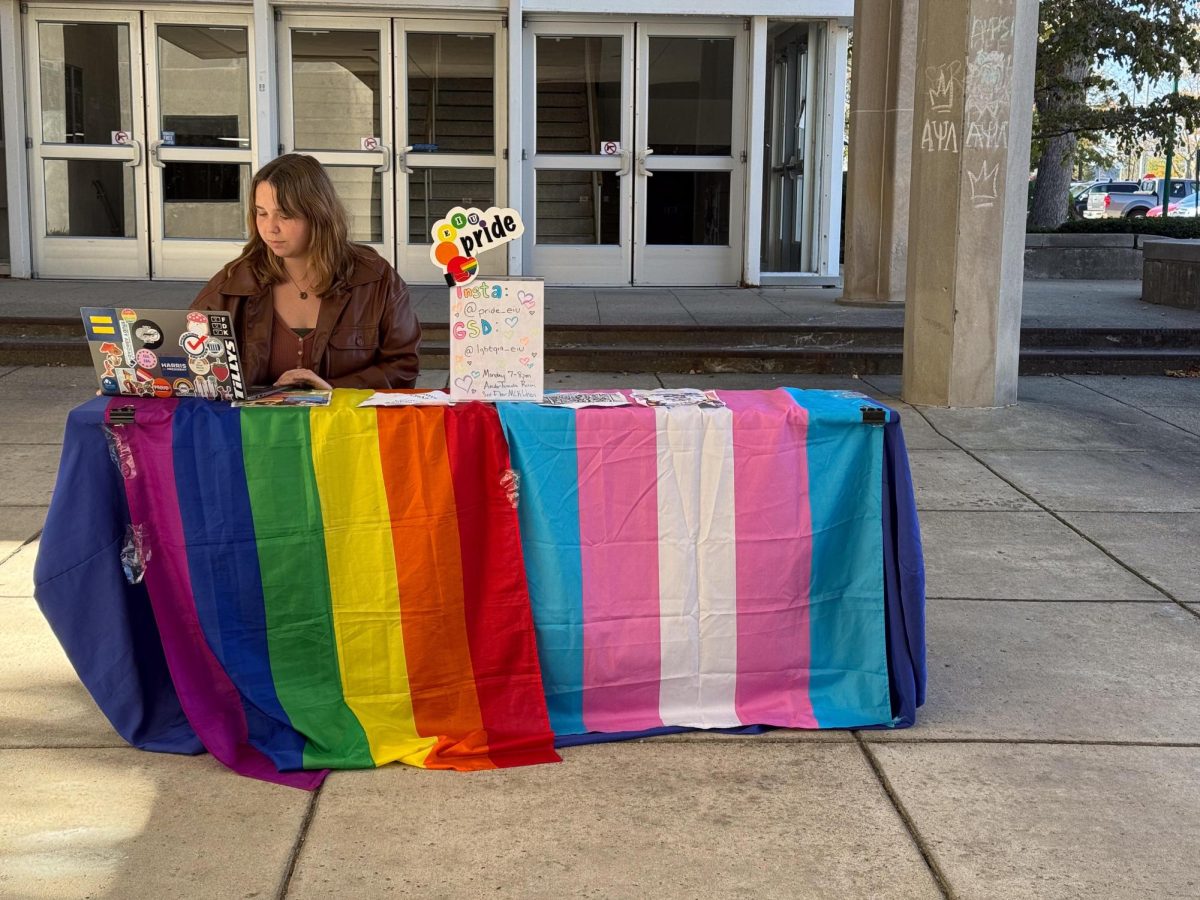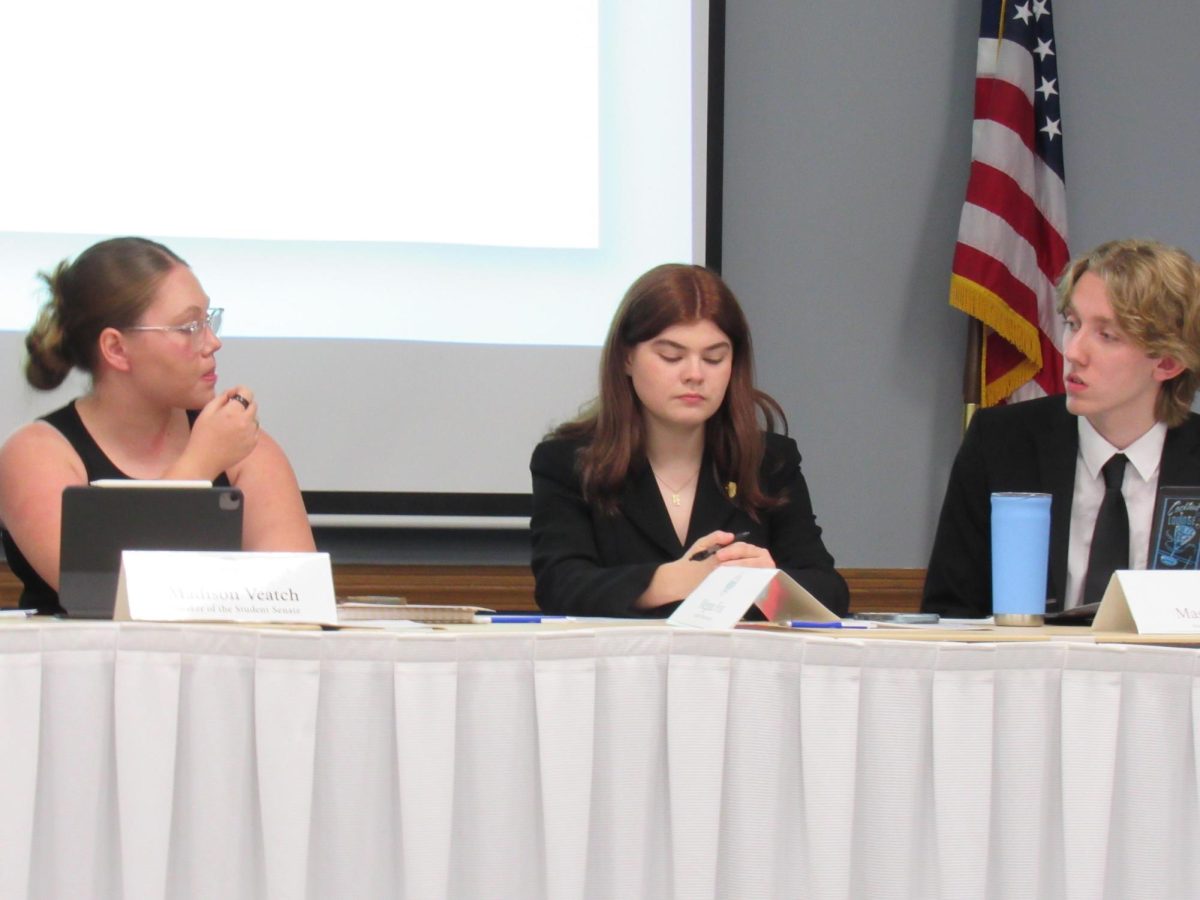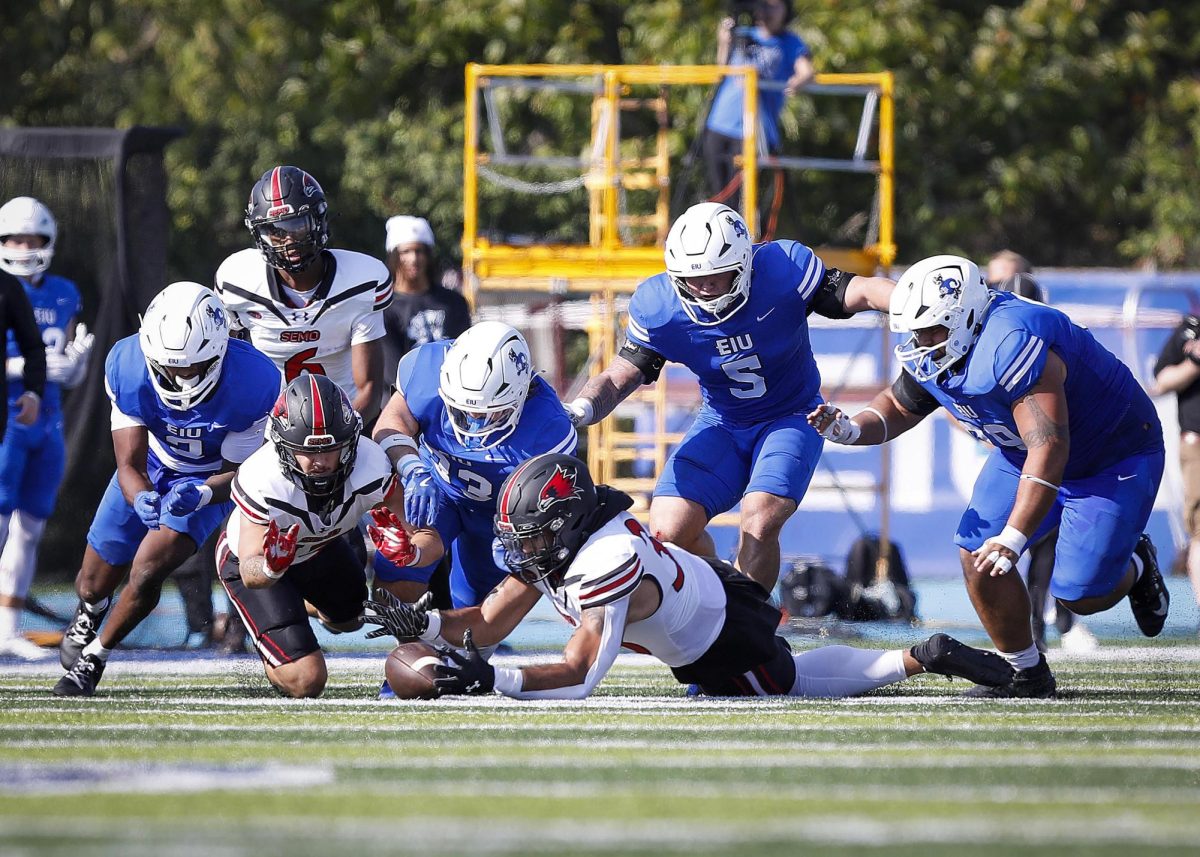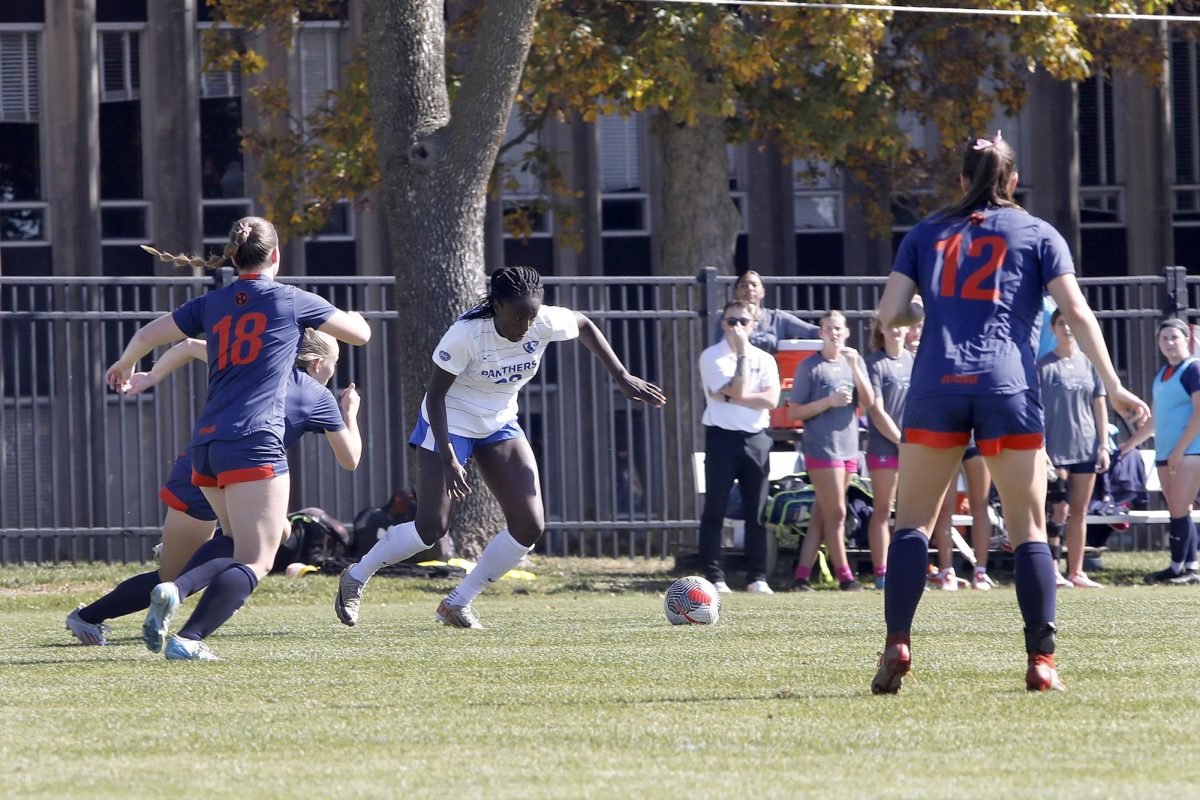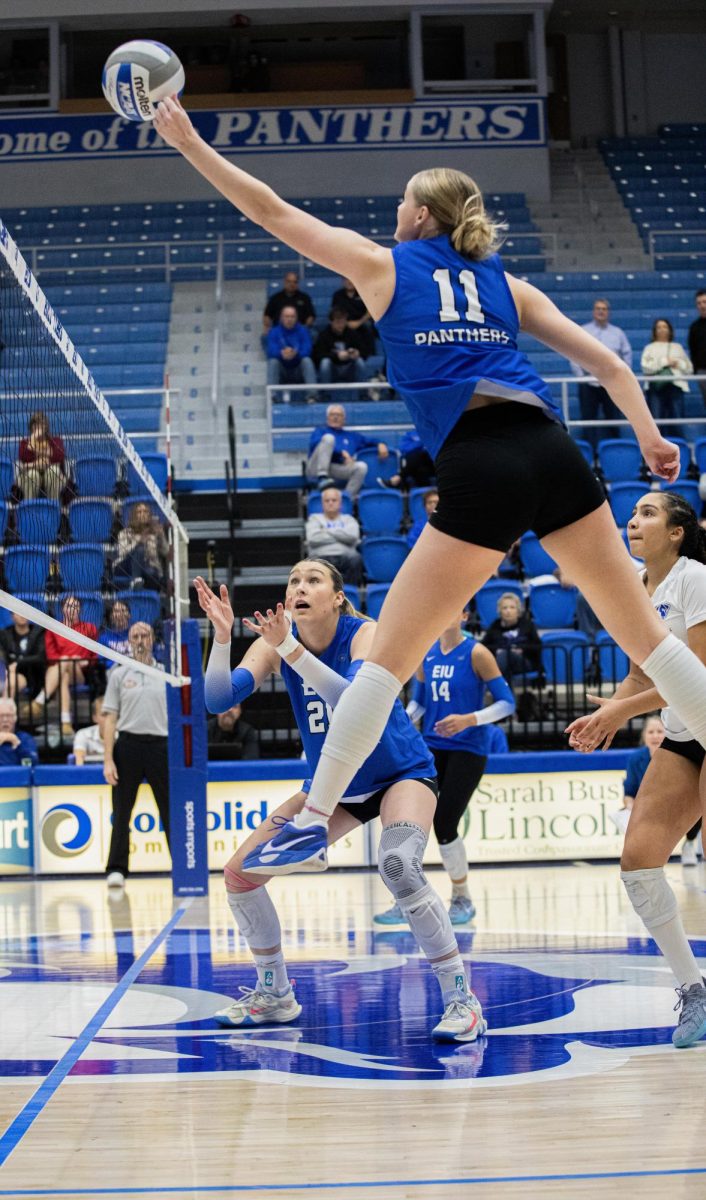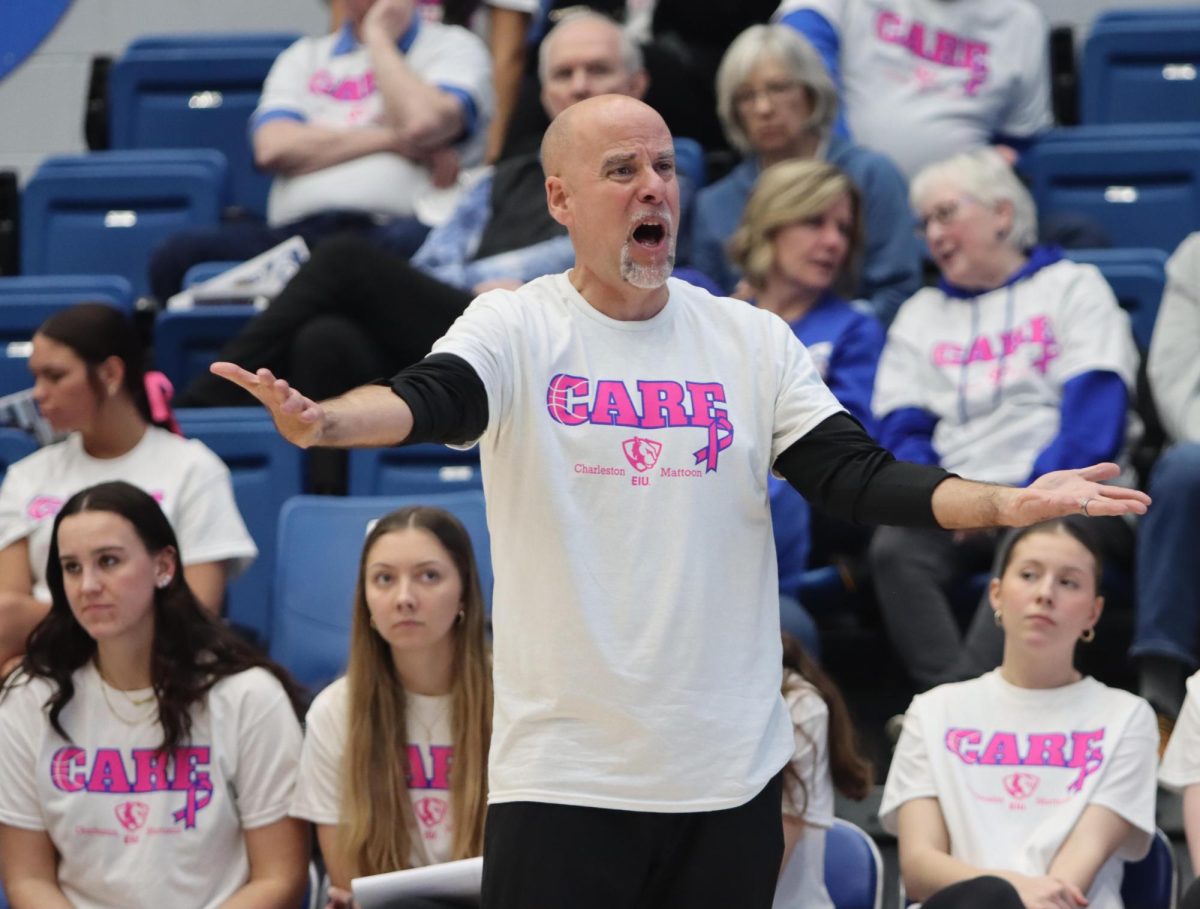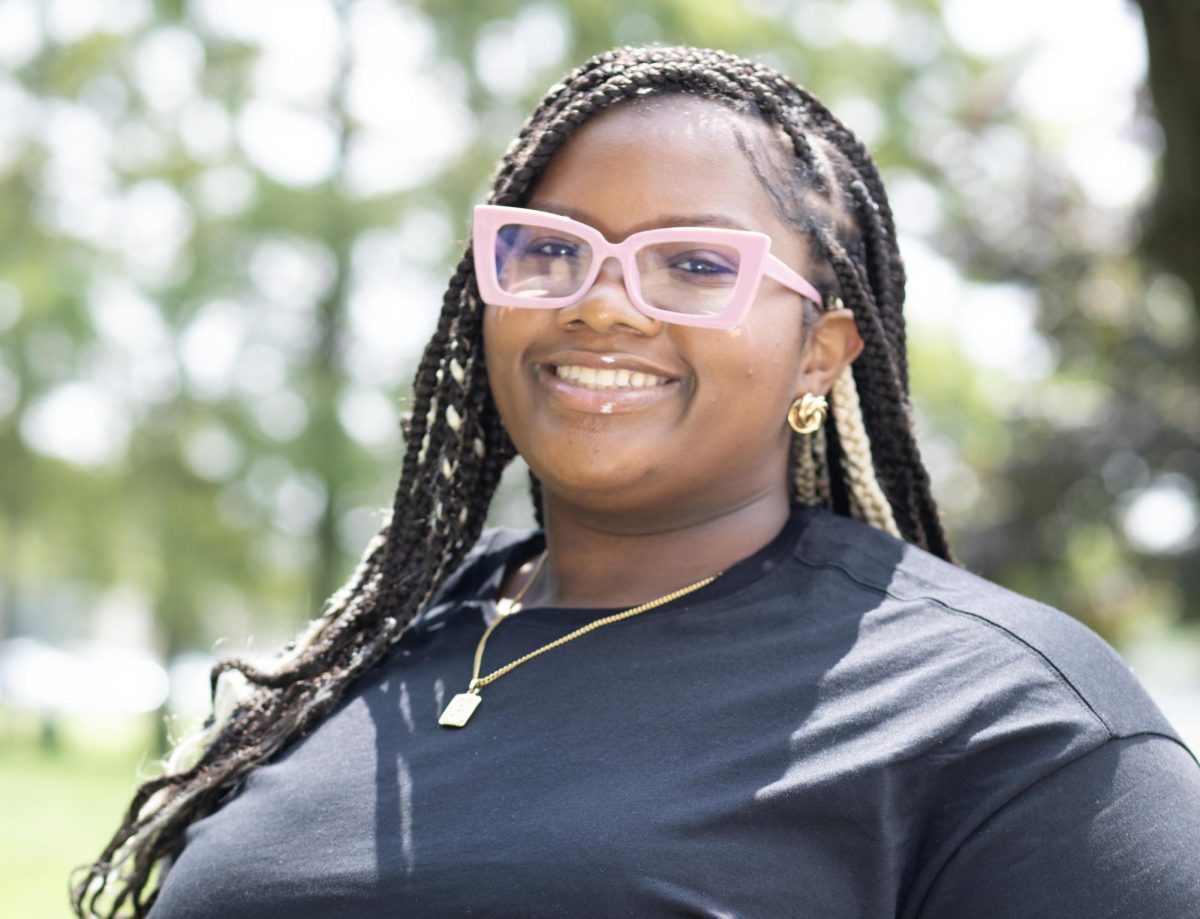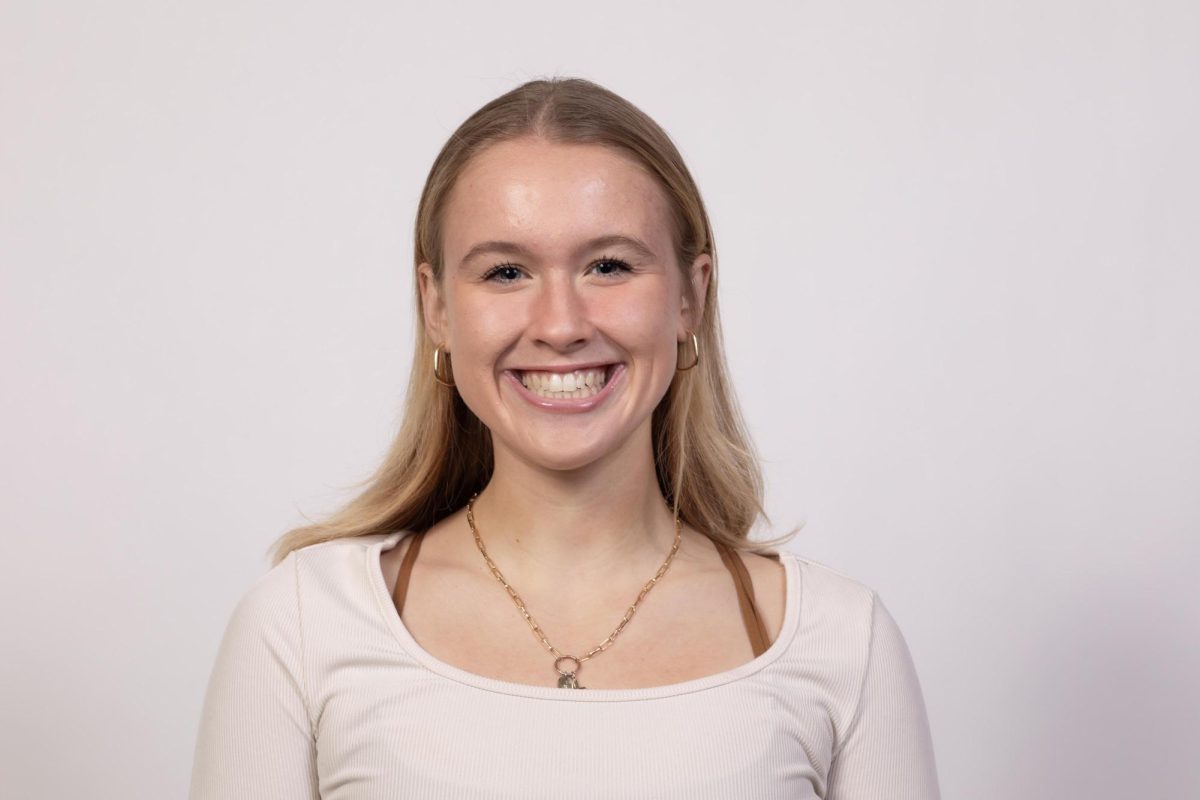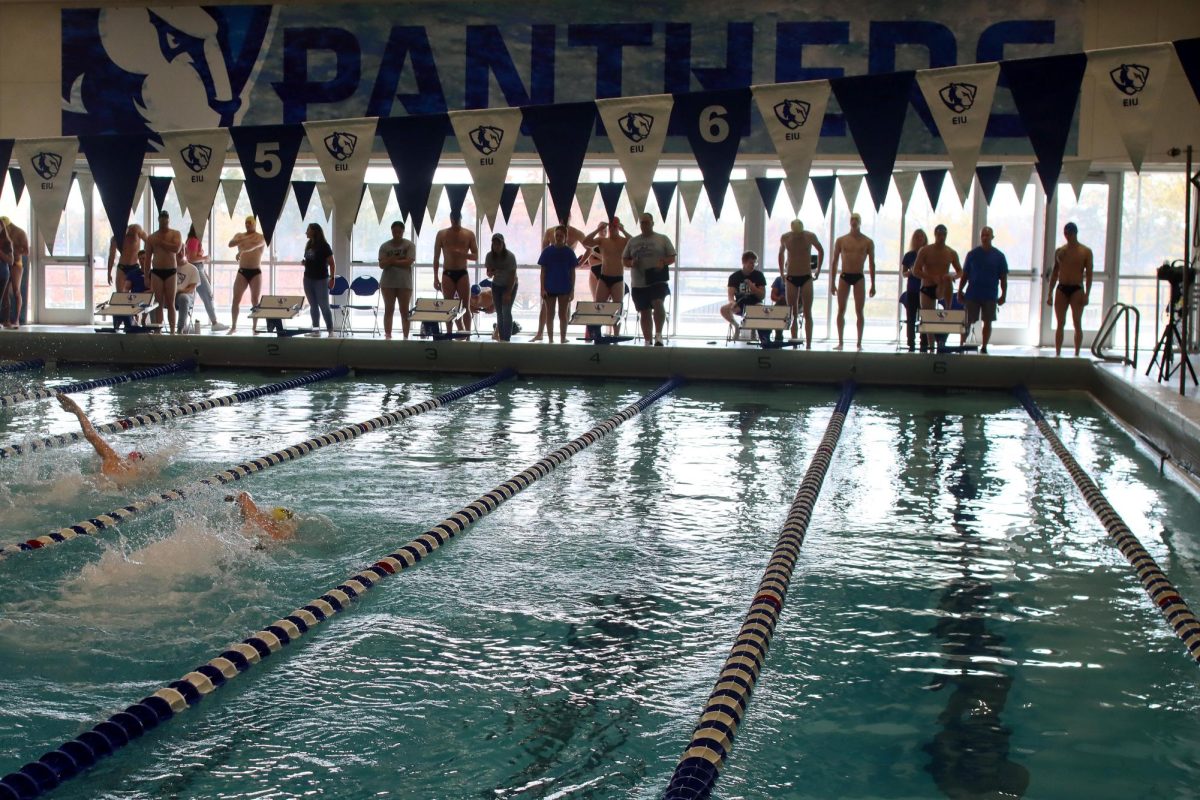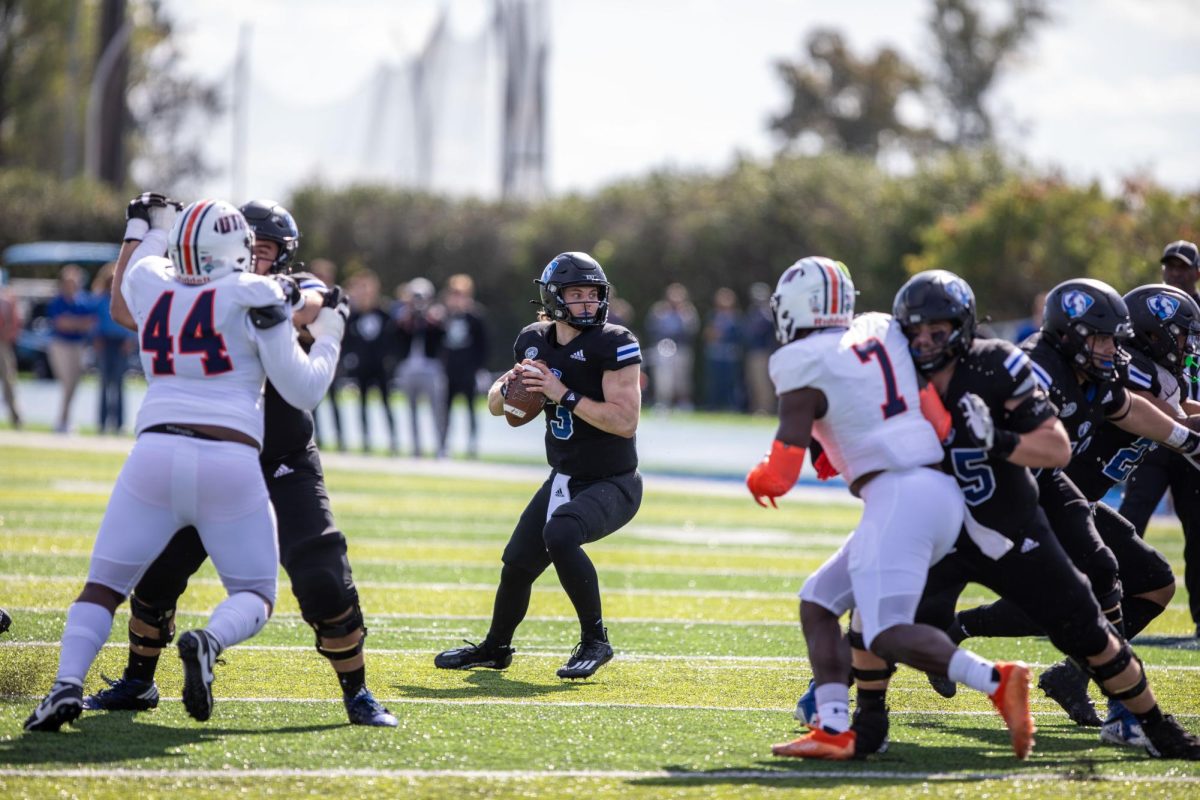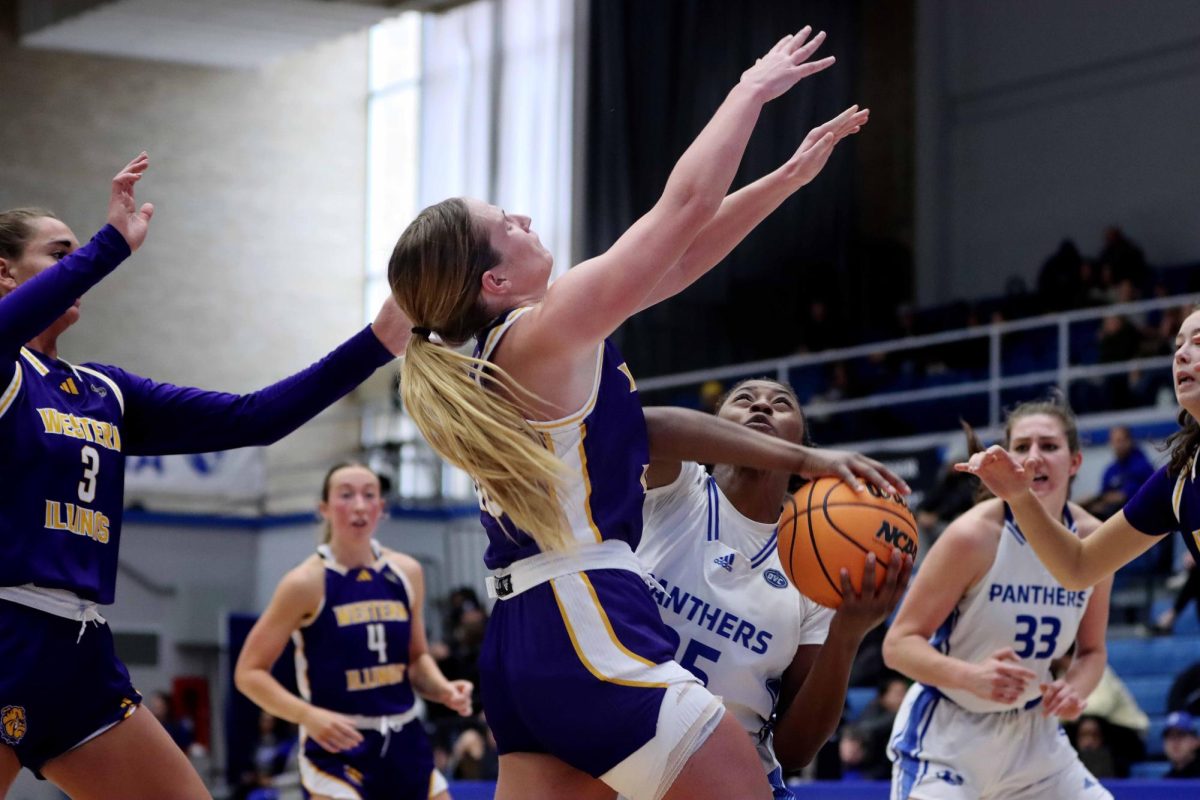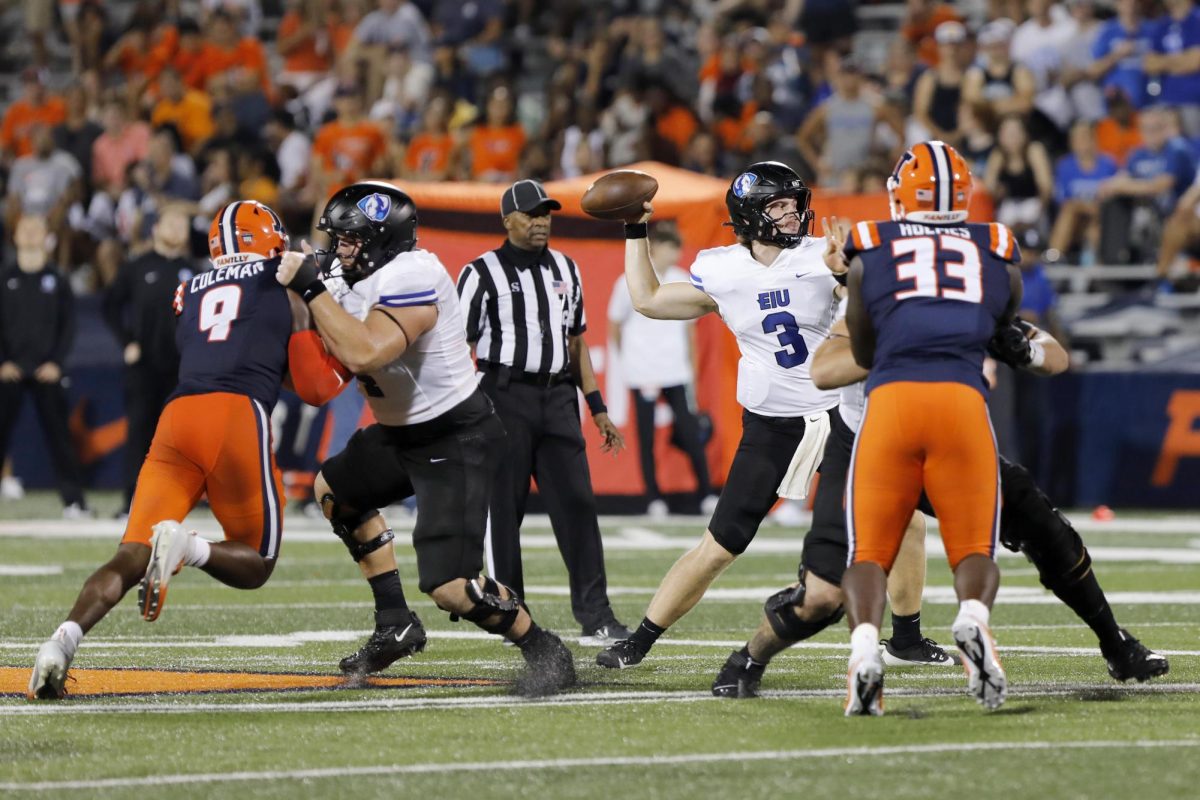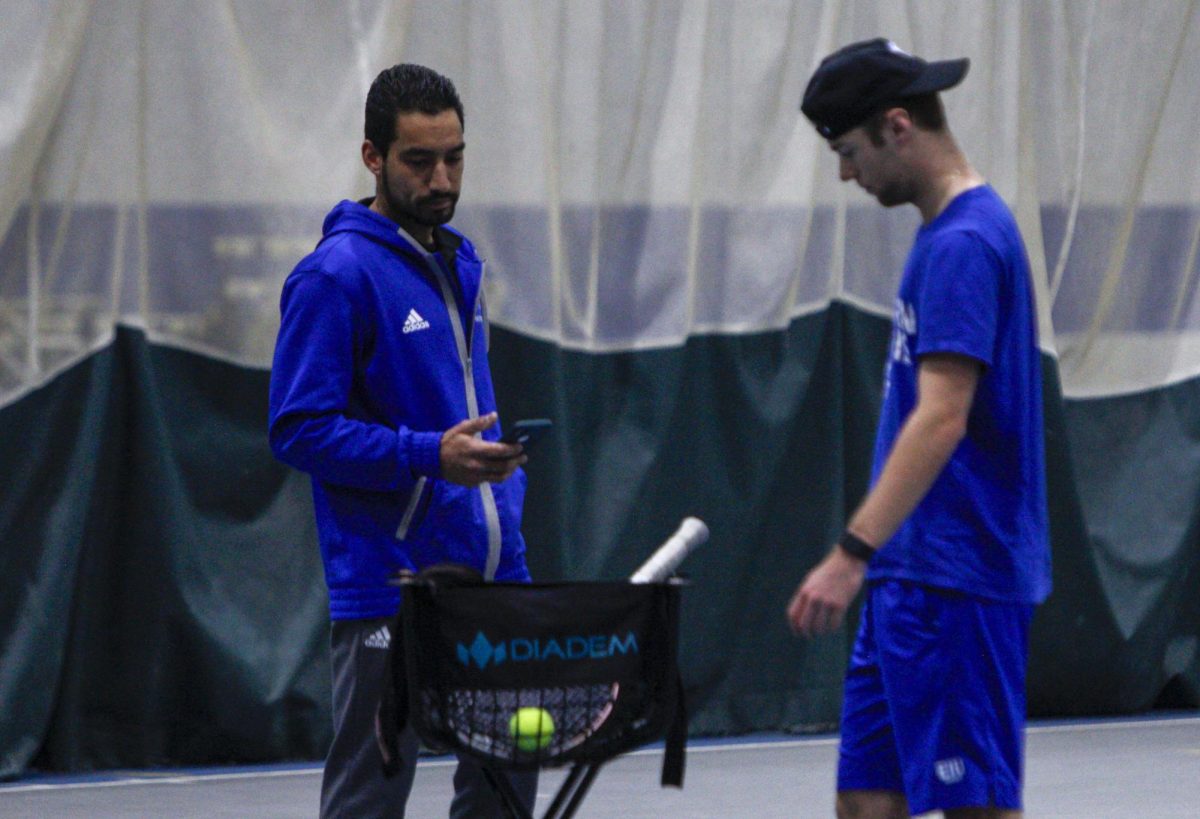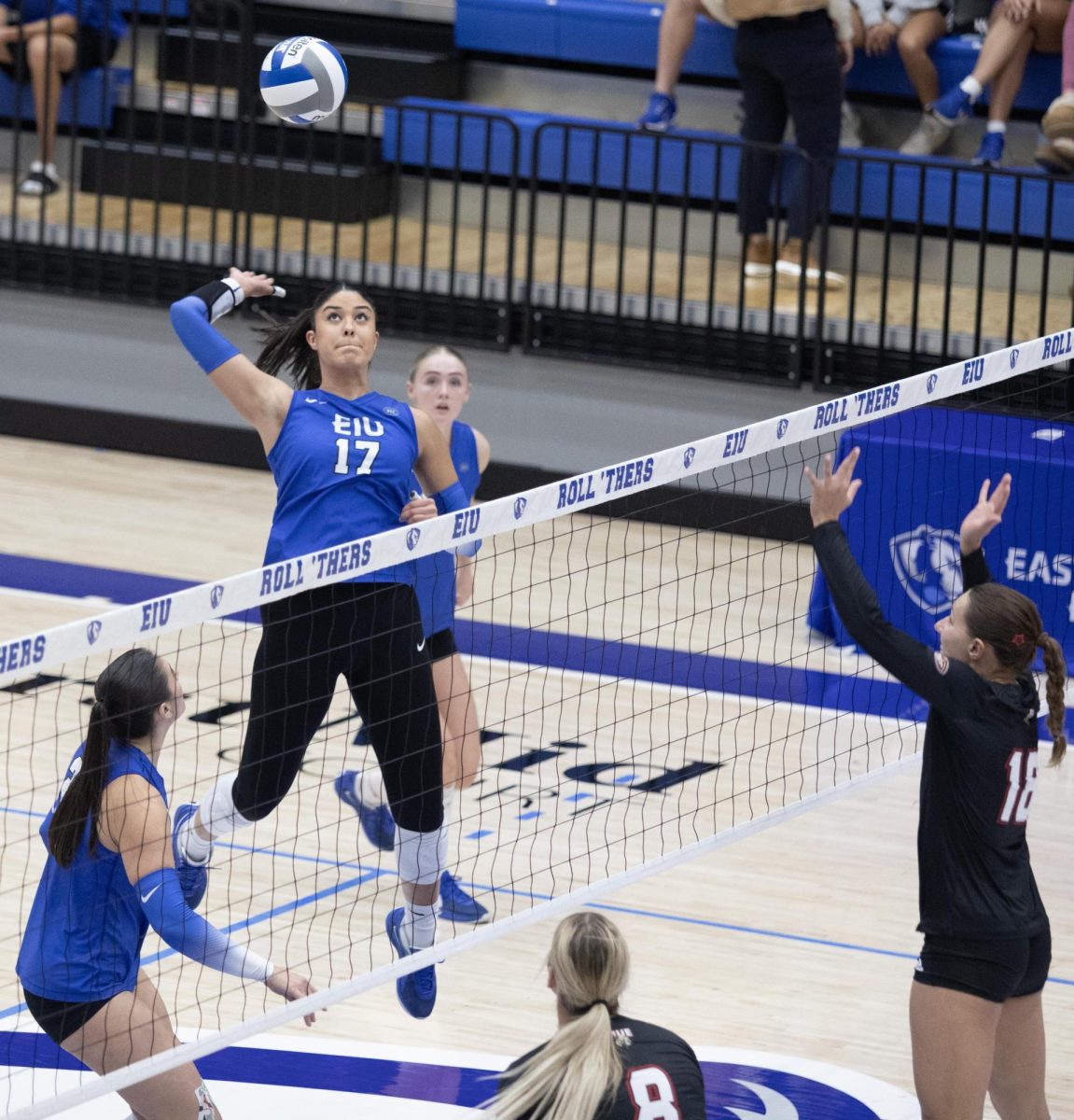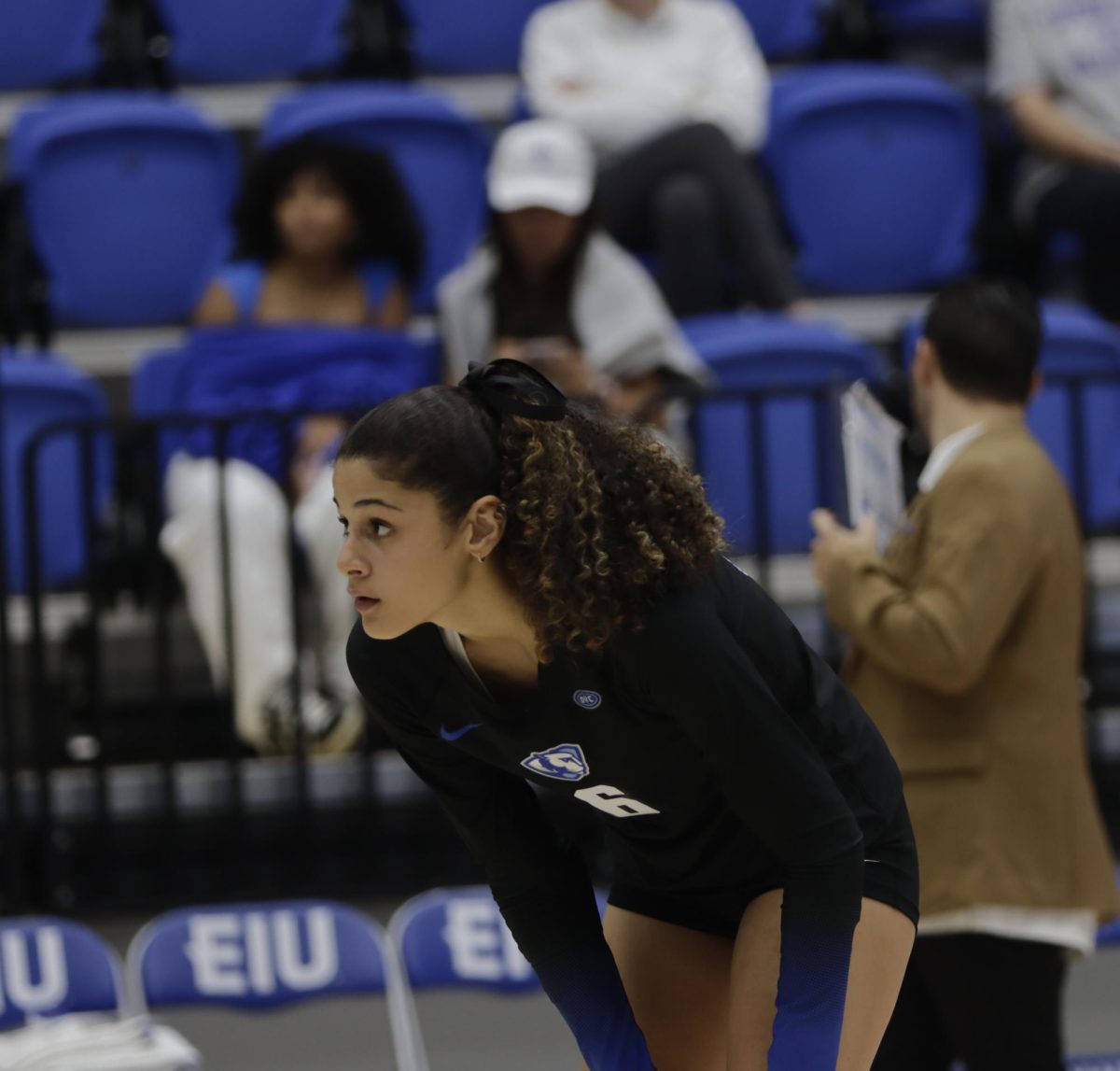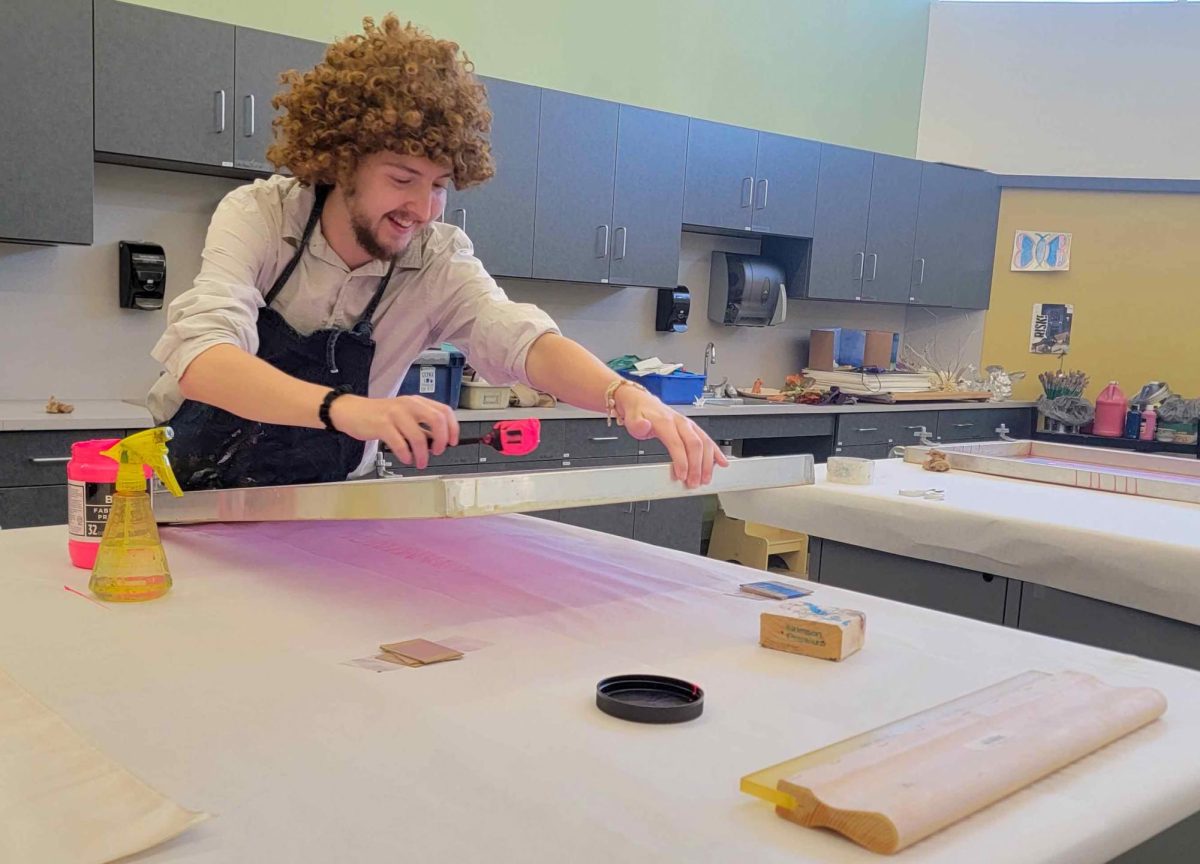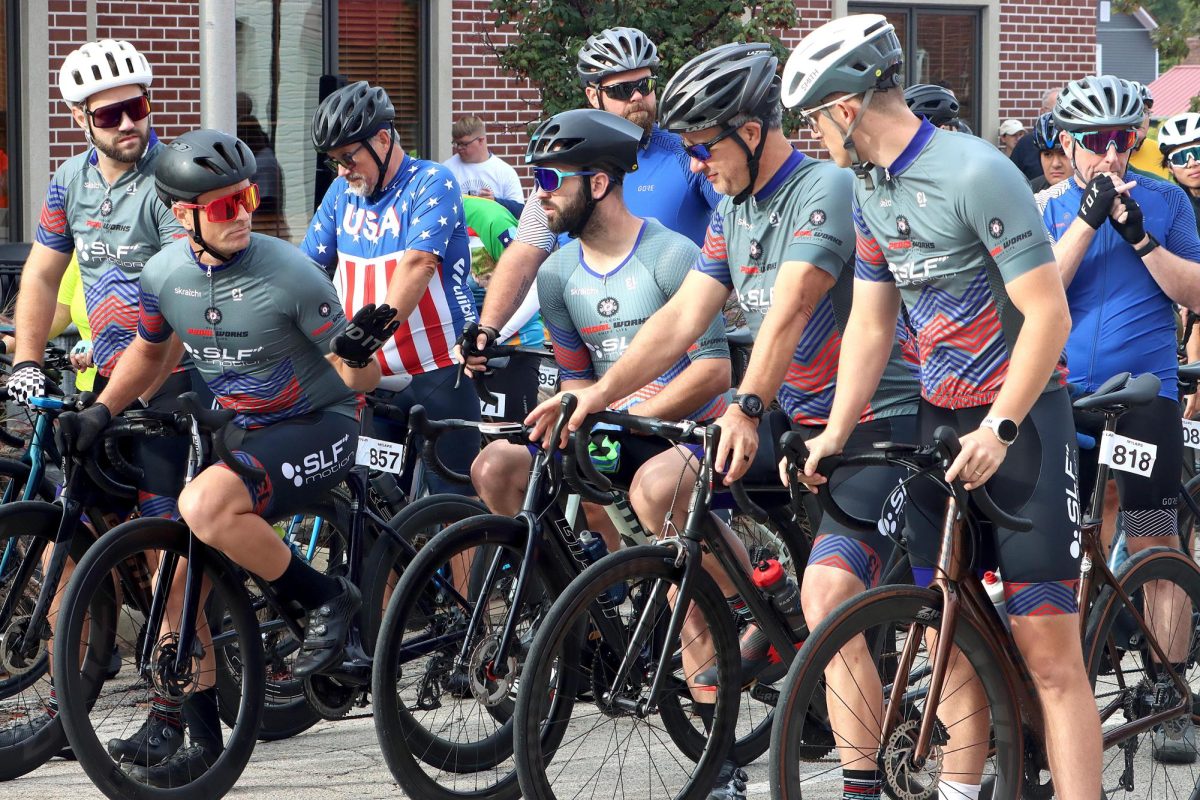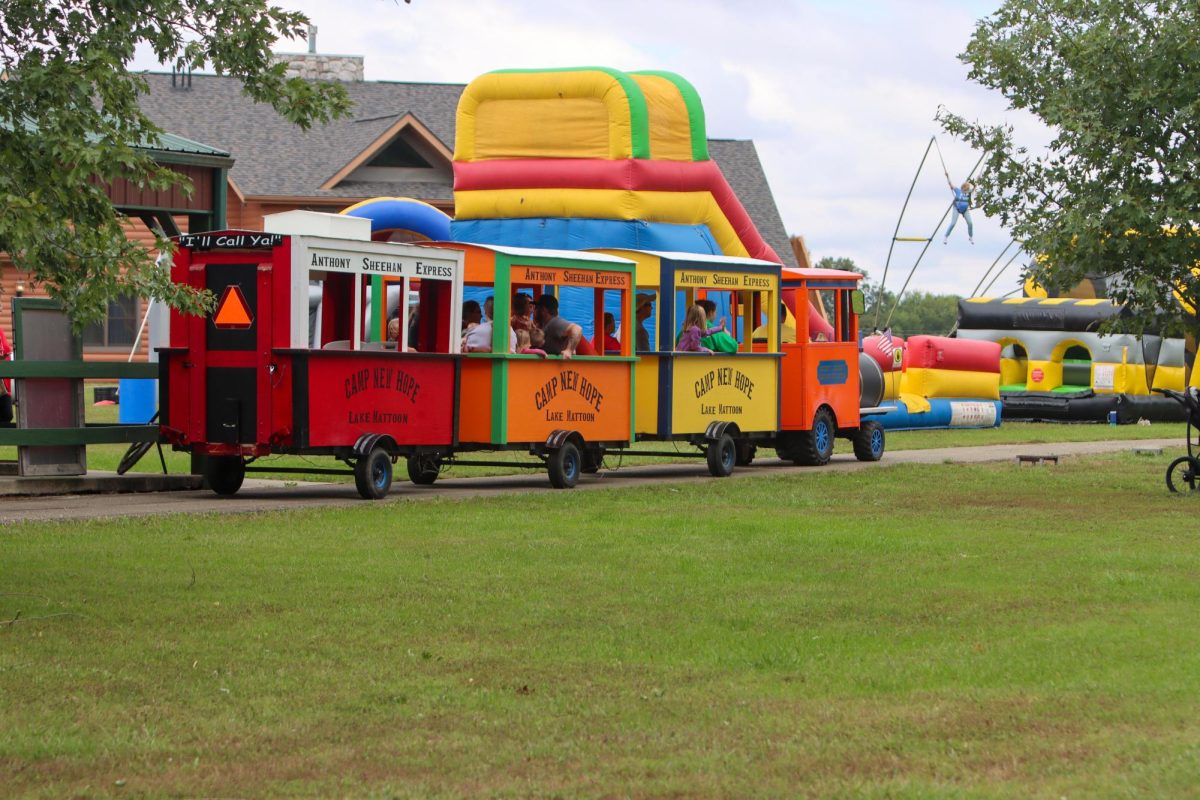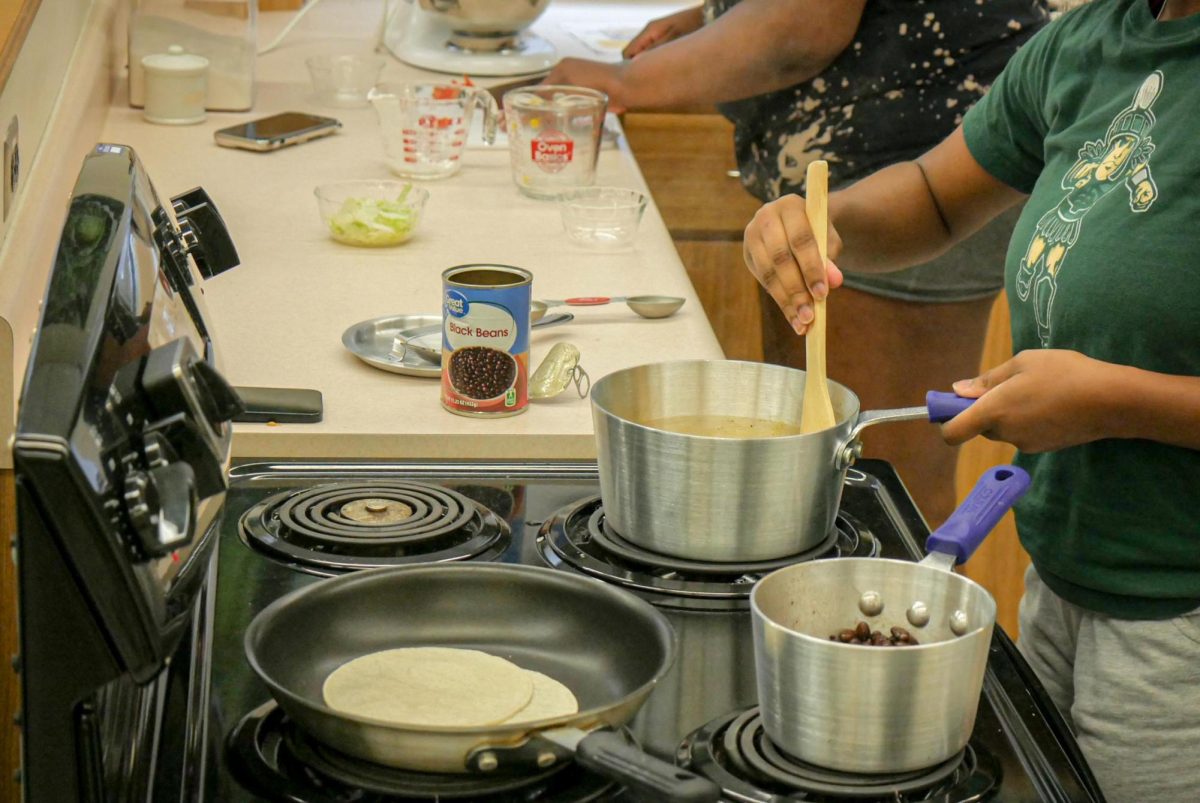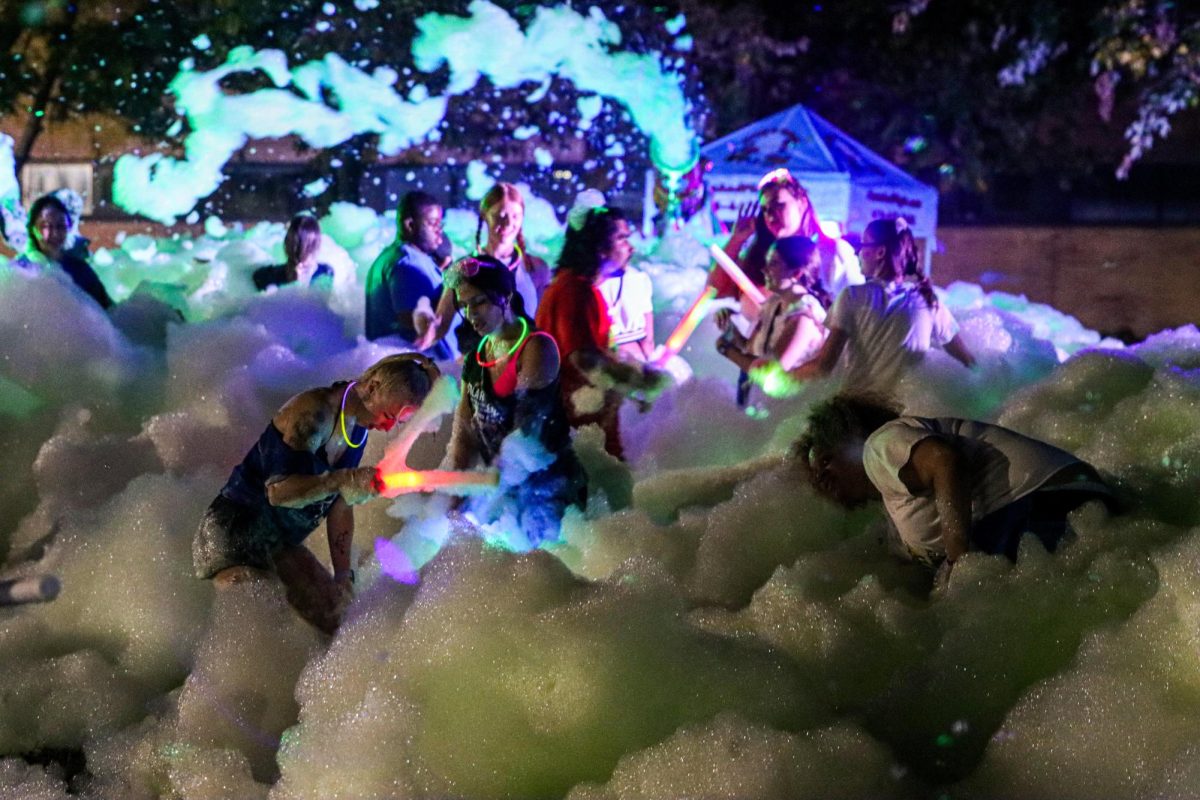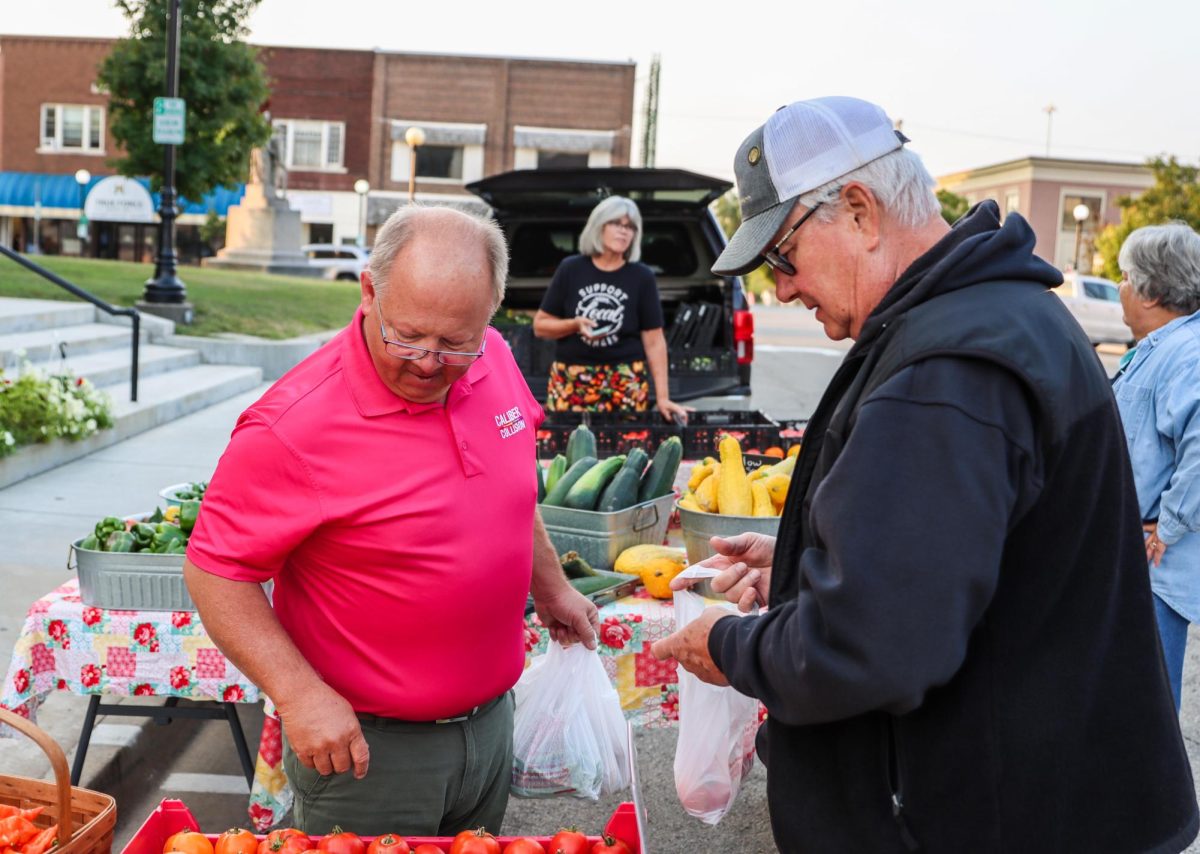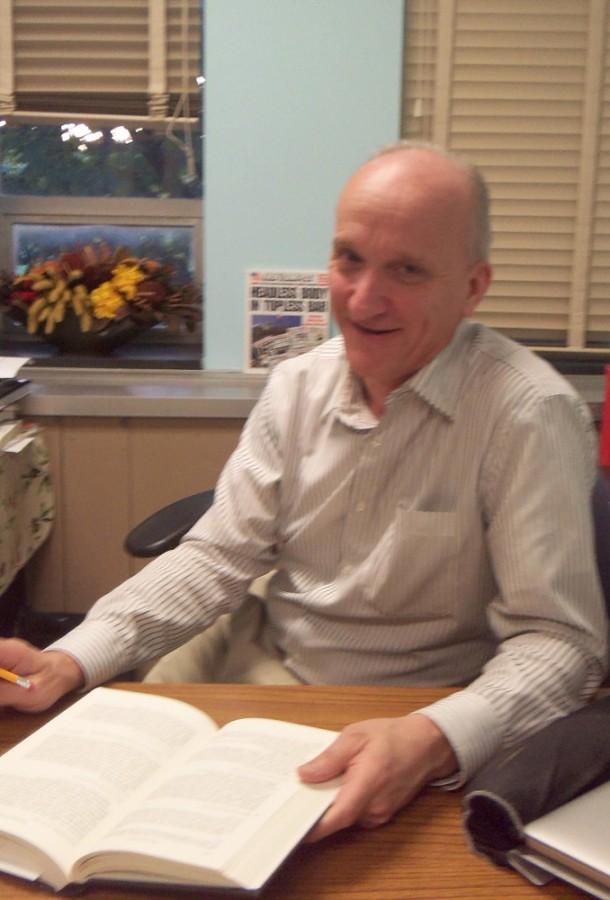Professor sails oldest commercial whaling ship
Debby Hernandez| The Daily Eastern News Charles Foy, a history professor, shares his story on his two day voyage Wednesday in Coleman Hall.
September 25, 2014
A history department professor lived a unique experience over the summer sailing the oldest commercial whaling ship still afloat, known as the “Charles W. Morgan.”
Charles Foy was one of only 70 voyagers to sail in the Mystic Seaport’s 38th voyage, a project sponsored by the National Endowment for Humanities to raise awareness on the importance of America’s maritime history.
After receiving information about the “Charles W. Morgan” voyage, Foy set aside his summer plans to meet artists and scholars, while experiencing first-hand the life of mariners during the 17th and 18th centuries and how it compares to mariners today.
In mid-July, Foy left Scotland to set sail on a two day voyage from Provincetown to Boston, Mass.
The size of the “Charles W. Morgan” is nearly half the size of boats today, Foy said.
Weather conditions were a challenge, since fog made it difficult to see during the sail.
“We were the only ones affected by the weather,” Foy said. “When we first lifted anchor, it was a cool day, but by 8 (a.m.) or 9 a.m. we had fog for about three hours and we couldn’t see more than 100 yards.”
Foy said he reflected on the challenges men in the eighteen century faced with navigational tools that were not precise, allowing them to know their specific location, while today those tools are available.
His interest in African American mariners in the 17th and 18th centuries, took him on a decade long research project.
As a result, he created a black mariner database with records of nearly 25,000 mariners and fugitive mariners.
Foy said what struck him was the number of women in the crew.
“In the time period I write about which is the age of sail, it is extremely rare a woman is on a ship as a crew member,” he said. “I would say about 40 percent of the crew was women.”
Foy said he had the opportunity to work with the crew in terms of holding the line and going up the boat rigging.
“When I was in the ship and got up to rigging, at one point you realize you’re 50 feet up,” he said. “You realize the accident rate must have been extremely high.”
“It is funny when you experience something that you know because it really makes it much more vivid and concrete for you,” Foy added.
Foy said the experience on a large ship might not be as some people expect it to be.
“I think the instinctive thoughts that people have about sailing in general, especially in large ships is that it is sort of romantic, in fact it is extremely difficult work,” he said.
One of the biggest challenges Foy faced in his voyage was the confined space in the ship from narrow hallways to small bunk beds.
“One of the things was how limited your space, how limited your privacy and how important your sense of others and where they are relevant,” he said.
The experience also allowed him to meet interesting people, such as an artist from Brooklyn who sketched in the moment, two literary men, and a middle school teacher.
Foy’s passion and ambition to inform others about the significance of black mariners and the connection America’s history with the sea has with the economy of the time, has led him to continue his research and create more projects.
He is currently researching three different families in Rhode Island who owned black seamen workers and then pushed to employ them as free workers.
The three families include the Brown, Lopez, and Arnold families who have records about black laborers.
Debby Hernandez can be reached at 581-2812 or dhernandez5@eiu.edu


